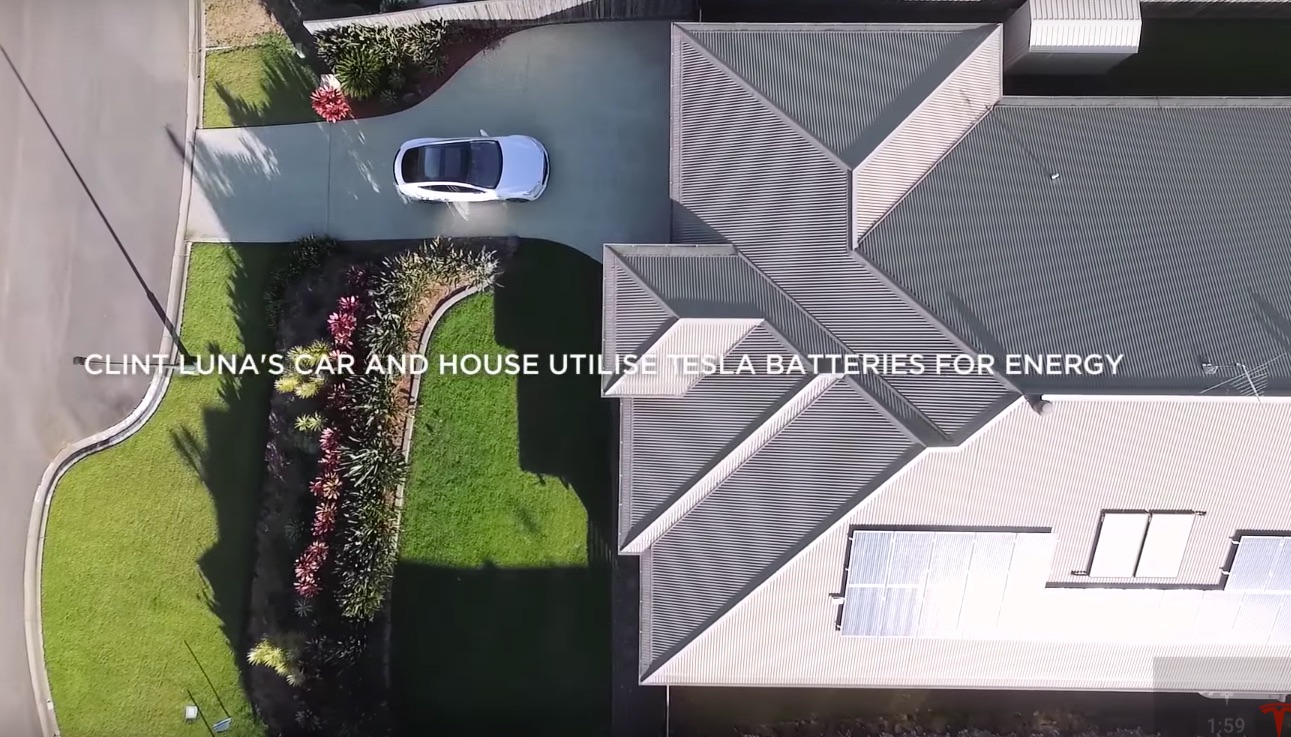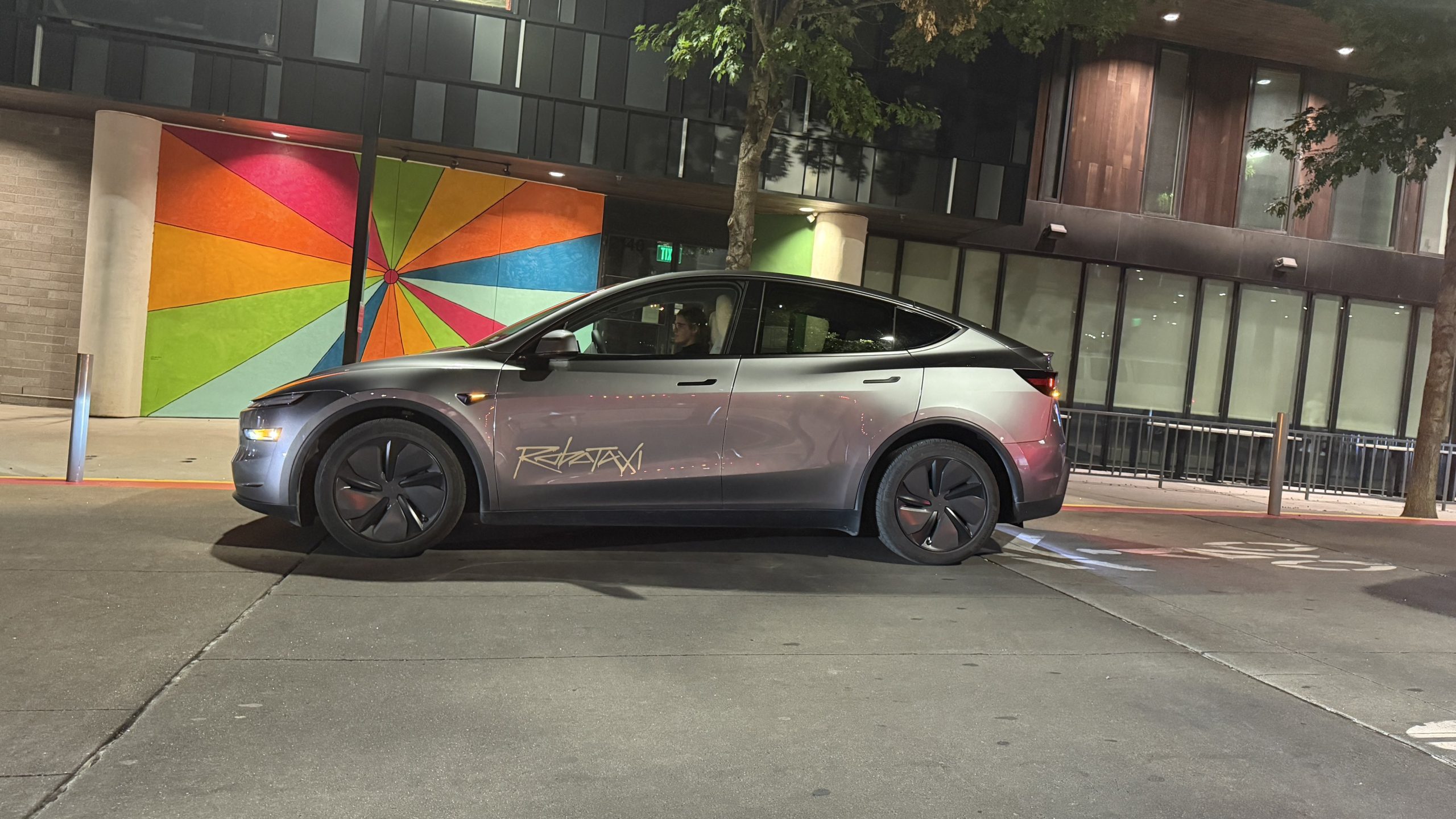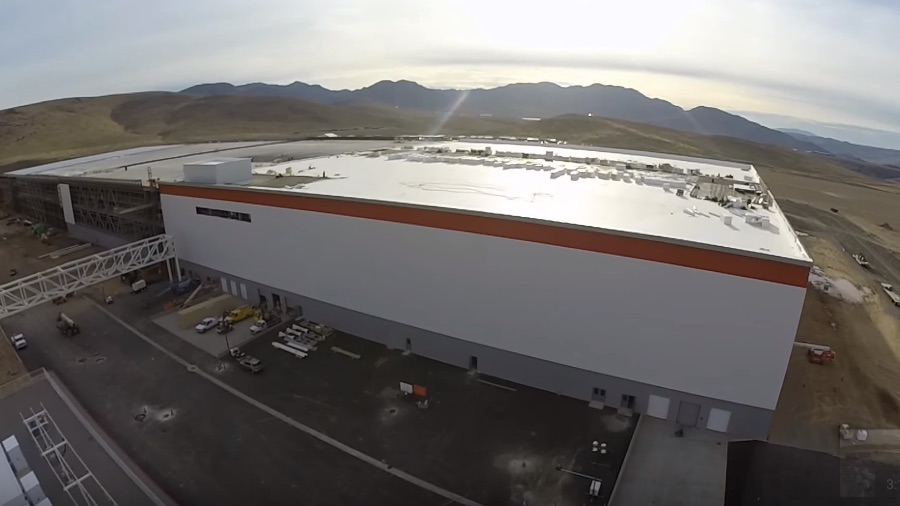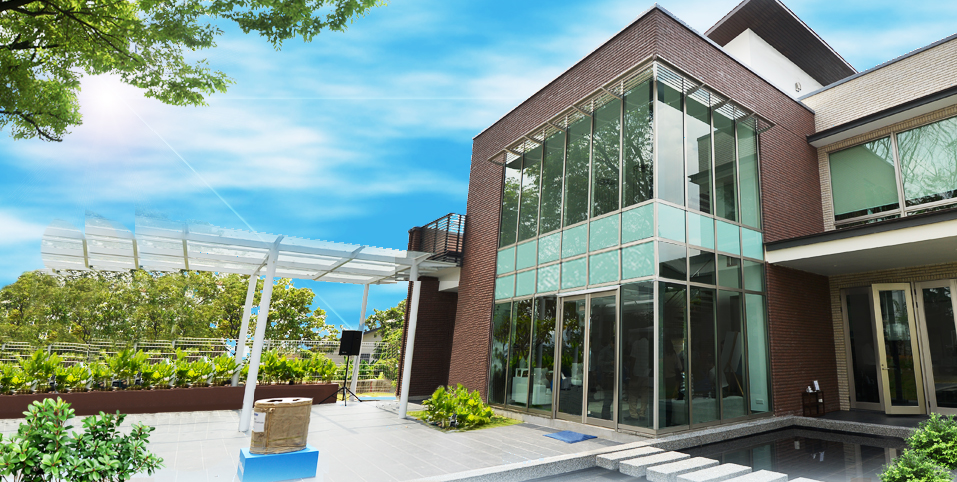Investor's Corner
Deeper Tesla, Panasonic ties could lead to a Smart Home future

A growing partnership between Tesla and Panasonic on solar cell production and storage batteries may one day eliminate residential reliance on the power grid and provide the capacity to recharge electric cars each night. However, to secure this collaboration on solar cell and module production, Tesla’s proposed SolarCity acquisition must first be approved by shareholders on November 17, 2016.
In the meantime, Tesla and Panasonic have entered into a non-binding letter of intent under which they will begin collaborating on the manufacturing and production of photovoltaic (PV) cells and modules in Buffalo, New York. The Buffalo facility will become the largest solar panel factory in North America, with expectations to employ 1,460 workers and produce up to 10,000 panels per day.
A blog post on Tesla’s website acknowledged that the continued partnership with Panasonic is an important step in creating fully-integrated energy products for businesses, homeowners, and utilities and furthers Tesla’s mission toward a sustainable energy future.
The Relationship between Tesla and Panasonic
The October 16, 2016 announcement confirmed that this newest collaboration extends the established relationship between Tesla and Panasonic, which includes the production of electric vehicle and grid storage battery cells at Tesla’s Gigafactory outside Sparks, Nevada. The $5 billion Gigafactory will produce batteries for the Model 3 electric car and energy storage products for home and utilities.
“We expect that the collaboration talks will lead to growth of the Tesla and Panasonic relationship,” said Shuuji Okayama, vice president of Panasonic’s Eco Solutions unit.
Battery cell production will begin by late 2016 and is expected to reach full capacity by 2018, producing more lithium ion batteries annually than were produced worldwide in 2013. In cooperation with Panasonic and other strategic partners, the Gigafactory will produce batteries that have the capacity to drive down the per kilowatt hour (kWh) cost of a battery pack by more than 30 percent. That anticipated cost drop is crucial, as current battery costs are untenable.
Panasonic plans to begin PV cell and module production at the Buffalo facility in 2017, and Tesla intends to provide a long-term purchase commitment for those cells from Panasonic. The Tesla/ Panasonic collaboration could mean that energy from solar panels will be pumped into home storage batteries. No longer would residential home solar systems follow the traditional model of selling back to utilities.
Panasonic’s Future Home
The proposed Tesla/ Panasonic collaboration would shift Panasonic’s historic focus from consumer electronics products and onto housing, automotive information systems, and vehicle batteries, which “would be a win” for Panasonic, according to Bloomberg. Panasonic’s transition to the home electric market began in 2009 with its Tokyo Future Home, which features the latest environmental technologies and a few prototypes. The house is designed to aid natural ventilation and cut down on air conditioning. The walls of the house are lined with a thin and efficient insulator that cuts down on heating and cooling costs. LED lights, which use much less power than incandescent bulbs and last longer than current fluorescent models, are sensor-controlled. Extra generated electricity is stored in a prototype accumulator battery of lithium ion cells for later use. The lights, power, heating, and other apps are controlled in a high-tech in-house network with living room TV at the center.
The aim of Panasonic’s energy-saving house is to be carbon neutral in energy usage.
Tesla’s Smart House Could Utilize Panasonic’s Technology
Tesla is currently developing advanced systems that adapt to the needs of the environment with the goal is to bring top quality affordable systems that provide energy efficiency, quality of life, and home security.
Already, smart home system are able to cut electric energy spending by 50%, or in some cases go off-grid using Tesla batteries combined with solar. Lights, air conditioning, and all other appliances are automatically managed, turning on and off, depending on the time of day, temperature, motion sensors, door and window detectors, and electricity rates. Fingerprint scanner and pin lock, video surveillance, night vision camera, motion sensors, SMS alarms, fire and flood sensors are accessed through a phone.
In 2014, Panasonic opened a smart city near Tokyo that is designed to drastically cut CO2 emissions by 70%, reaching to 1990 levels. It will attempt to reduce water usage by 30 percent and achieve 30 percent renewable energy usage. Called the Fujisawa Sustainable Smart Town (SST), the subdivision southwest of Tokyo focuses on solar power and other environmentally friendly technologies.
Together, Tesla and Panasonic may be able to ground ambitious plans for solar-powered systems that charge smart homes and electric cars and make decentralized renewable energy systems that power homes and car a practical reality. “We are excited to expand our partnership with Panasonic as we move towards a combined Tesla and SolarCity,” JB Straubel, Tesla’s chief technical officer and co-founder, said in a statement. “By working together on solar, we will be able to accelerate production of high-efficiency, extremely reliable solar cells and modules at the best cost.”
The Role of the Projected SolarCity Acquisition
The Tesla/ Panasonic collaboration moving forward is contingent on Tesla’s acquisition of SolarCity, but shareholders must approve the move. Tesla’s bid to acquire SolarCity has been fraught with corporate governance issues because the boards of both companies are deeply intertwined.
Tesla co-founder Elon Musk’s effort to unite Tesla and SolarCity has been under close scrutiny, given six of the seven directors on Tesla’s board have SolarCity ties and SolarCity’s CEO, Lyndon Rive, is Musk’s first cousin.
SolarCity, among the top installers of residential rooftop solar panels in the U.S., acquired solar manufacturer Silevo in 2014. The transaction gave SolarCity the factory in Buffalo where Panasonic will begin photovoltaic cell and module production. If the SolarCity acquisition is successful, Tesla will use the cells and modules in a solar energy system that will work seamlessly with Powerwall and Powerpack, Tesla’s energy storage products. With the aid of installation, sales, and financing capabilities from SolarCity, Tesla will bring an integrated sustainable energy solution to residential, commercial, and grid-scale customers.

Investor's Corner
Tesla analyst maintains $500 PT, says FSD drives better than humans now
The team also met with Tesla leaders for more than an hour to discuss autonomy, chip development, and upcoming deployment plans.

Tesla (NASDAQ:TSLA) received fresh support from Piper Sandler this week after analysts toured the Fremont Factory and tested the company’s latest Full Self-Driving software. The firm reaffirmed its $500 price target, stating that FSD V14 delivered a notably smooth robotaxi demonstration and may already perform at levels comparable to, if not better than, average human drivers.
The team also met with Tesla leaders for more than an hour to discuss autonomy, chip development, and upcoming deployment plans.
Analysts highlight autonomy progress
During more than 75 minutes of focused discussions, analysts reportedly focused on FSD v14’s updates. Piper Sandler’s team pointed to meaningful strides in perception, object handling, and overall ride smoothness during the robotaxi demo.
The visit also included discussions on updates to Tesla’s in-house chip initiatives, its Optimus program, and the growth of the company’s battery storage business. Analysts noted that Tesla continues refining cost structures and capital expenditure expectations, which are key elements in future margin recovery, as noted in a Yahoo Finance report.
Analyst Alexander Potter noted that “we think FSD is a truly impressive product that is (probably) already better at driving than the average American.” This conclusion was strengthened by what he described as a “flawless robotaxi ride to the hotel.”
Street targets diverge on TSLA
While Piper Sandler stands by its $500 target, it is not the highest estimate on the Street. Wedbush, for one, has a $600 per share price target for TSLA stock.
Other institutions have also weighed in on TSLA stock as of late. HSBC reiterated a Reduce rating with a $131 target, citing a gap between earnings fundamentals and the company’s market value. By contrast, TD Cowen maintained a Buy rating and a $509 target, pointing to strong autonomous driving demonstrations in Austin and the pace of software-driven improvements.
Stifel analysts also lifted their price target for Tesla to $508 per share over the company’s ongoing robotaxi and FSD programs.
Investor's Corner
Tesla wins $508 price target from Stifel as Robotaxi rollout gains speed
The firm cited meaningful progress in Tesla’s robotaxi roadmap, ongoing Full Self-Driving enhancements, and the company’s long-term growth initiatives.

Tesla received another round of bullish analyst updates this week, led by Stifel, raising its price target to $508 from $483 while reaffirming a “Buy” rating. The firm cited meaningful progress in Tesla’s robotaxi roadmap, ongoing Full Self-Driving enhancements, and the company’s long-term growth initiatives.
Robotaxi rollout, FSD updates, and new affordable cars
Stifel expects Tesla’s robotaxi fleet to expand into 8–10 major metropolitan areas by the end of 2025, including Austin, where early deployments without safety drivers are targeted before year-end. Additional markets under evaluation include Nevada, Florida, and Arizona, as noted in an Investing.com report. The firm also highlighted strong early performance for FSD Version 14, with upcoming releases adding new “reasoning capabilities” designed to improve complex decision-making using full 360-degree vision.
Tesla has also taken steps to offset the loss of U.S. EV tax credits by launching the Model Y Standard and Model 3 Standard at $39,990 and $36,990, Stifel noted. Both vehicles deliver more than 300 miles of range and are positioned to sustain demand despite shifting incentives. Stifel raised its EBITDA forecasts to $14.9 billion for 2025 and $19.5 billion for 2026, assigning partial valuation weightings to Tesla’s FSD, robotaxi, and Optimus initiatives.
TD Cowen also places an optimistic price target
TD Cowen reiterated its Buy rating with a $509 price target after a research tour of Giga Texas, citing production scale and operational execution as key strengths. The firm posted its optimistic price target following a recent Mobility Bus tour in Austin. The tour included a visit to Giga Texas, which offered fresh insights into the company’s operations and prospects.
Additional analyst movements include Truist Securities maintaining its Hold rating following shareholder approval of Elon Musk’s compensation plan, viewing the vote as reducing leadership uncertainty.
@teslarati Tesla Full Self-Driving yields for pedestrians while human drivers do not…the future is here! #tesla #teslafsd #fullselfdriving ♬ 2 Little 2 Late – Levi & Mario
Investor's Corner
Tesla receives major institutional boost with Nomura’s rising stake
The move makes Tesla Nomura’s 10th-largest holding at about 1% of its entire portfolio.

Tesla (NASDAQ:TSLA) has gained fresh institutional support, with Nomura Asset Management expanding its position in the automaker.
Nomura boosted its Tesla holdings by 4.2%, adding 47,674 shares and bringing its total position to more than 1.17 million shares valued at roughly $373.6 million. The move makes Tesla Nomura’s 10th-largest holding at about 1% of its entire portfolio.
Institutional investors and TSLA
Nomura’s filing was released alongside several other fund updates. Brighton Jones LLC boosted its holdings by 11.8%, as noted in a MarketBeat report, and Revolve Wealth Partners lifted its TSLA position by 21.2%. Bison Wealth increased its Tesla stake by 52.2%, AMG National Trust Bank increased its position in shares of Tesla by 11.8%, and FAS Wealth Partners increased its TSLA holdings by 22.1%. About 66% of all outstanding Tesla shares are now owned by institutional investors.
The buying comes shortly after Tesla reported better-than-expected quarterly earnings, posting $0.50 per share compared with the $0.48 consensus. Revenue reached $28.10 billion, topping Wall Street’s $24.98 billion estimate. Despite the earnings beat, Tesla continues to trade at a steep premium relative to peers, with a market cap hovering around $1.34 trillion and a price-to-earnings ratio near 270.
Recent insider sales
Some Tesla insiders have sold stock as of late. CFO Vaibhav Taneja sold 2,606 shares in early September for just over $918,000, reducing his personal stake by about 21%. Director James R. Murdoch executed a far larger sale, offloading 120,000 shares for roughly $42 million and trimming his holdings by nearly 15%. Over the past three months, Tesla insiders have collectively sold 202,606 shares valued at approximately $75.6 million, as per SEC disclosures.
Tesla is currently entering its next phase of growth, and if it is successful, it could very well become the world’s most valuable company as a result. The company has several high-profile projects expected to be rolled out in the coming years, including Optimus, the humanoid robot, and the Cybercab, an autonomous two-seater with the potential to change the face of roads across the globe.
@teslarati Tesla Full Self-Driving yields for pedestrians while human drivers do not…the future is here! #tesla #teslafsd #fullselfdriving ♬ 2 Little 2 Late – Levi & Mario










